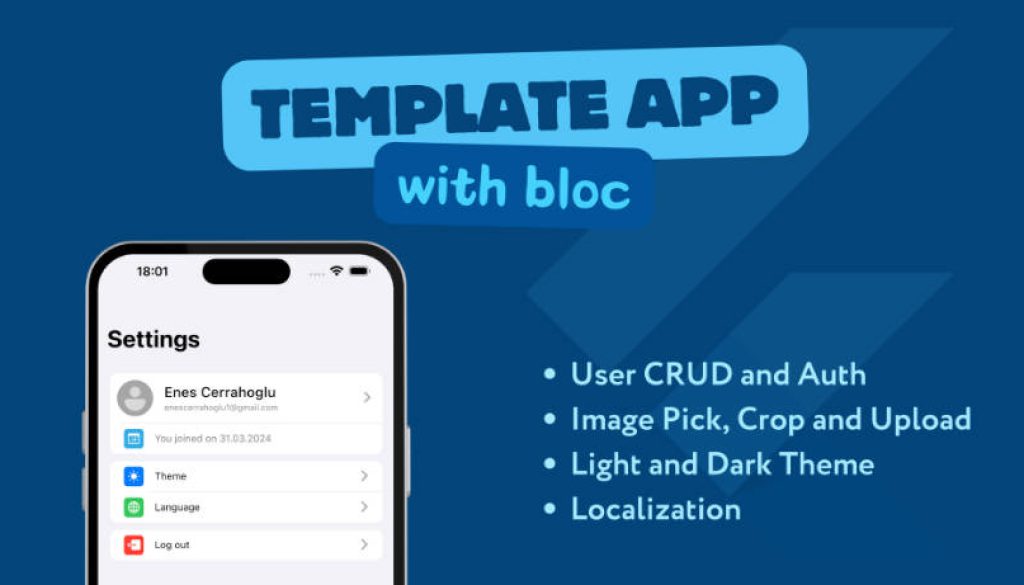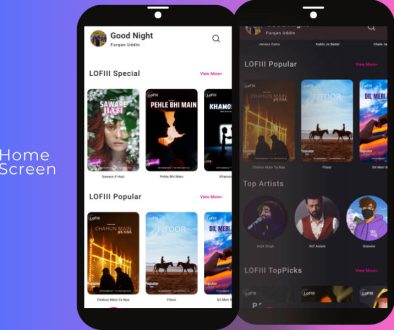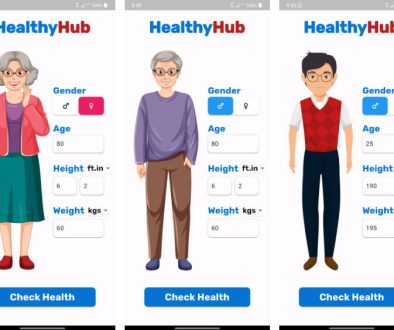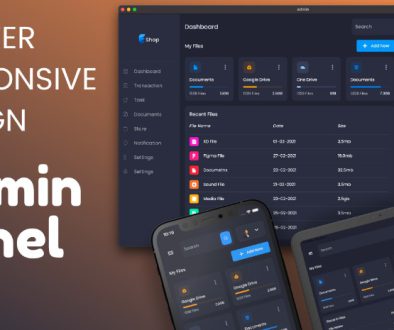An application template using the bloc state management method with Flutter
Template App with flutter_bloc
This project provides an application template using the bloc state management method with Flutter. The project includes user CRUD (Create, Read, Update, Delete) operations and authentication, serving as a realistic example for real-world scenarios. In order to prove that native-looking applications can be developed with Flutter if desired, Cupertino widgets were preferred instead of Material widgets in the user interface of the project.
The current latest version of Flutter [3.24.3] was used during the development process.
Getting Started
API Integration
A Rest API is used for user operations, and the API code is not included in this repository. You can develop API endpoints according to the UserModel class in the project to make it suitable for use. You need to update the BASE_URL value in the ‘.env’ file content to match your API structure. You can find the naming used for CRUD and authentication endpoints in the UserService class, and you may need to revise it according to your API structure.
#
Firebase Integration
The project uses Storage for uploading images and accessing them via URL, Extensions and Firestore Database for email infrastructure and Functions for triggering email sending. Therefore, you will need a Firebase project. Since the firebase_options.dart file is not included in the Template App project content, it will throw an error when you clone the repo. Perform Firebase integration to add this file to the project.
#
Firebase Trigger Email Extension Integration
For email verification, a verification code is sent to the email address provided by the user. The Firebase Trigger Email extension is used for email infrastructure. You need to activate this extension via the Firebase console. Besides verification code sending, the email infrastructure is used for different scenarios as well. Email sending is triggered by Firebase Cloud Functions.
#
Firebase Cloud Functions Integration
The project already includes the functions folder and firebase.json file to be added with Cloud Functions. If you specify that the functions/index.js file should be overwritten while integrating cloud functions, you will delete the cloud functions that you need to deploy for the email infrastructure from the file. You can skip the overwrite step with the “No” option, or if it is overwritten, you can copy and deploy the functions again from the relevant file in this Github repo.
#
Screenshoots
Hover the mouse cursor over the images for explanations.
Problems you may encounter
To prevent […lowerCamelCase identifier] problems caused by the easy_localization package, it will be sufficient to add the [constant_identifier_names: false] definition under the [rules:] statement in the analysis_options.yaml file in the project directory.
Things to know
After adding new string definitions to the [language-code].json (such as en.json, tr.json) file, run the following codes in the terminal one by one so that the easy_localization structure can recognize these changes:
dart run easy_localization:generate --source-dir assets/translations
dart run easy_localization:generate -S assets/translations -f keys -o locale_keys.g.dart



